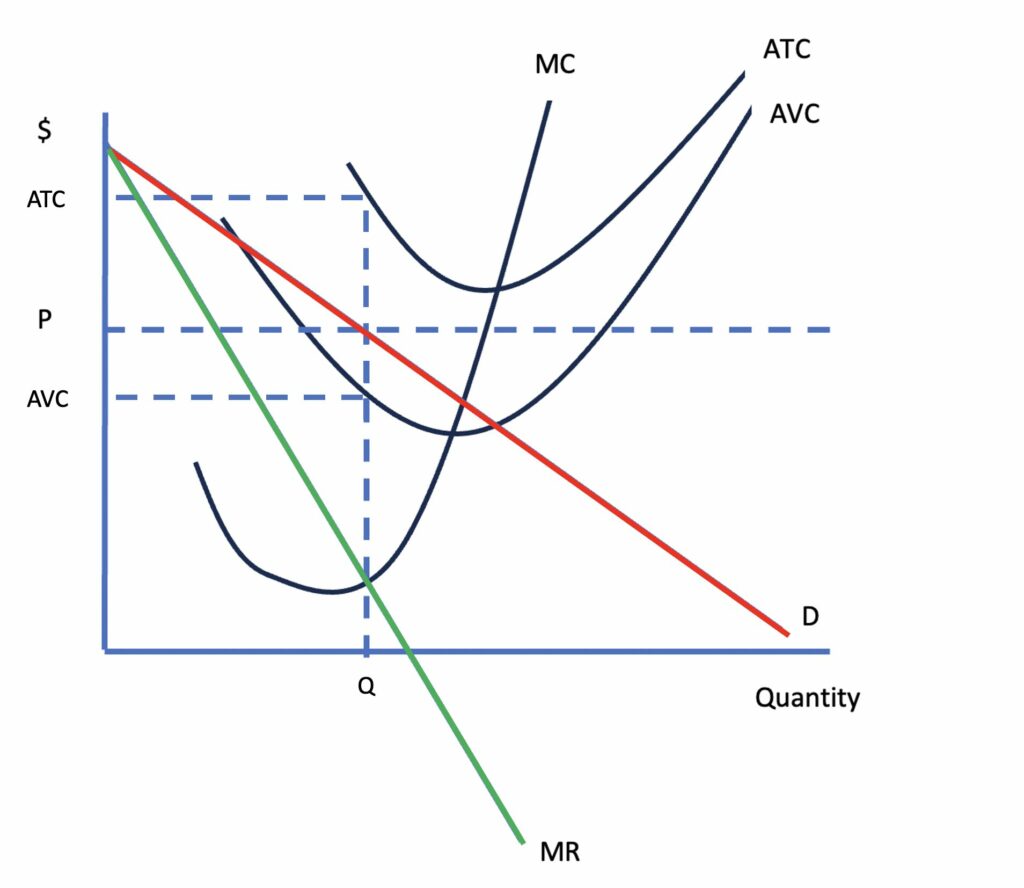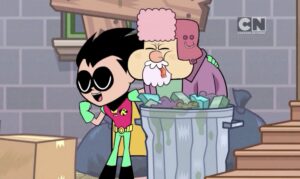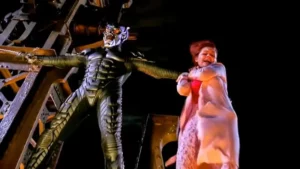objectives
Explain why a business might remain open even if they incur losses
Demonstrate an understanding of the shut down decision
Create a graph that correctly illustrates the short run loss minimizing condition
time needed
20-30 minutes, depending on how much time is spent formally explaining the shut-down decision.
materials
Either handouts of comic panels, or an projection of the panels
overview
Students usually grasp the idea of profitability. What is less intuitive is the short-run notion that a firm losing money may want to remain in business. If a firm can cover its variable costs, it makes more sense to keep the doors open because no matter how much or how little they produce, they still have to pay fixed costs. While variable costs can be eliminated by shutting down, fixed costs come out of the owner’s pocket if production is zero. If the firm can cover its variable costs through the revenue it generates, then some of the fixed costs can start to come out of revenue as well, instead of the owner’s personal resources. In short, it may not seem possible, but remaining open while losing money, could be the best thing for a business.
action
Before a formal presentation of the shut down decision, distribute the comic panels (or show them on the screen). Ask students to pair up and discuss what they think is the problem for Deadpool’s Heroes for Hire business.
1. Have them write down what they think the economic problem is. (The problem is Deadpool doesn’t have enough revenue to cover his costs – the accountant tells him as much!).
2. After a few minutes, ask them to share their ideas. NOTE: Students may want to focus on how unhappy the workers are, how money is being diverted away from the business, or the foolishness of accepting social media “Likes” in lieu of payment. Be sure to keep their focus on the basic problem: Revenues are less than costs.
3. Ask students how long they think Deadpool can continue running his business if he is losing money. This is where you can present the shut-down decision more formally.
discussion
After presenting the shut-down decision, follow up with these questions:
1. Who bears the burden of Deadpool’s poor business practices?
a. His customers
b. His employees
c. Deadpool
d. Deadpool and his employees
ANSWER: (d) Deadpool is losing money and his employees are not being paid. This means that both he and his employees are bearing the burden of his bad decisions.
2. How is the service Deadpool provides different from the superhero activity of keeping the world safe from evil doers?
a. Deadpool’s activity is excludable. If you don’t pay, he won’t help you.
b. Deadpool’s activity is a public good while fending off the bad guys is a private good.
c. Deadpool does not need to be paid while other heroes do.
d. There really isn’t any difference between the two.
ANSWER: (a) Performing small, specific jobs like the one seen in these panels (clearing a house of deadbeat tenants) is a service that lacks the public good nature of wide scale crime fighting. In this case it is relatively easy to exclude non-payers, even if Deadpool agrees to accept a non-monetary form of payment. The job itself is less savory from a hero perspective than saving the world though – a job perfectly fitted for Deadpool.
3. Deadpool is still in business, but he is certainly facing a predicament. His employees are upset, even though they have not quit yet. How would you describe the state of Deadpool’s business? Be sure to describe this in reference to the shut-down decision.
ANSWER: Deadpool is still in business so he must be covering his variable costs. Even though he is losing money, he does not yet need to shut down.
FINALLY: To check to see if students understand the concept of the shut down decision, ask them to draw a fully labelled graph showing where Deadpool’s business is in terms of the shut-down decision. Assume he can stay in business for the short run. The graph should look like this:

Deadpool finds the profit maximizing (or loss minimizing) output by locating the intersection of MR and MC and dropping down to the quantity axis. To find the price (P) he has to go up to the demand curve and over to the price axis. In order for him to stay in business while experiencing losses, the price must exceed the average variable cost (AVC) but fall short of the average total cost (ATC).





